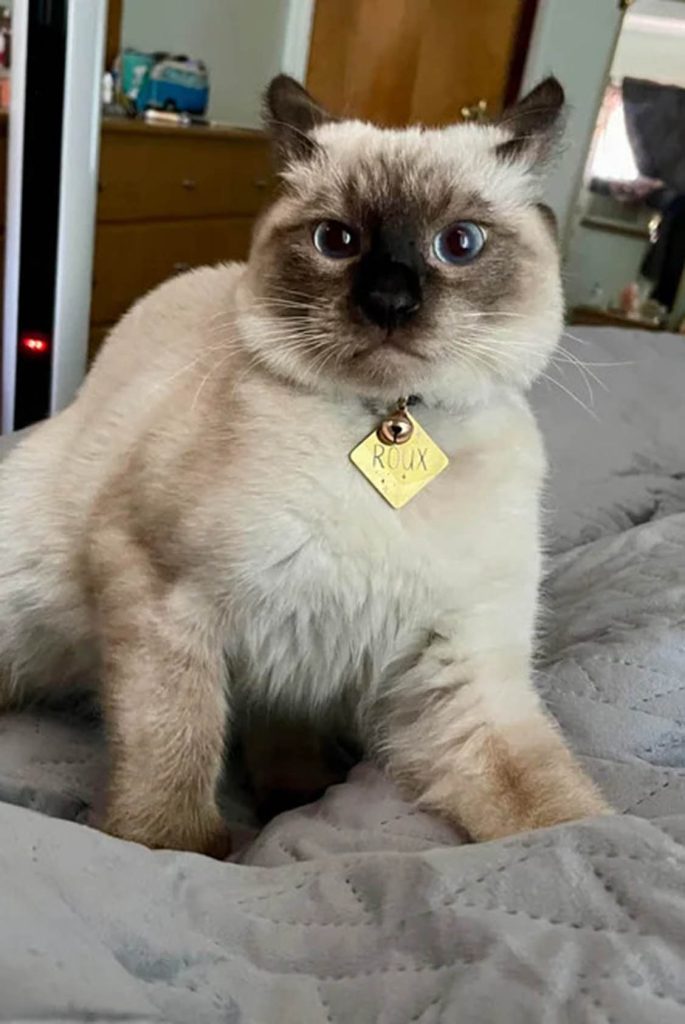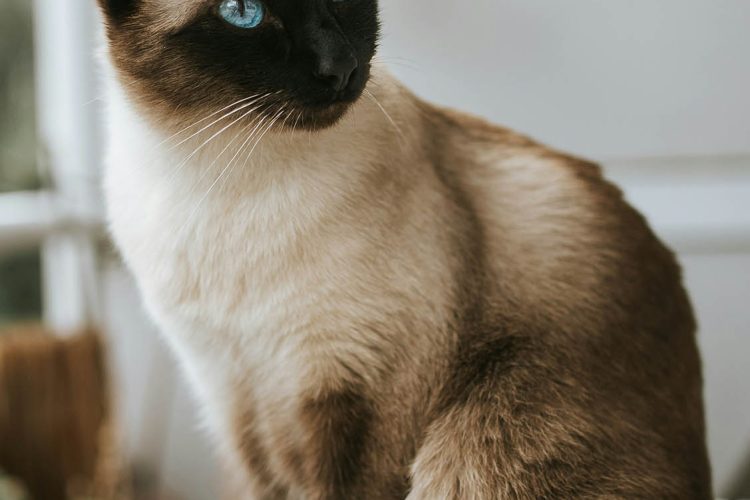Are you considering having your own cat? Of course, you may have various options because there are so many cute cats, and each of them can easily catch your attention. Kittens are nature’s little bundles of joy, brimming with cuteness and overflowing with personality. From their tiny, delicate paws to their fluffy tails, every aspect of a kitten is irresistibly charming.
For me, I like Siamese cats. When interacting with them, I feel a silent understanding and emotional connection, which warms the heart. Siamese cats are loyal and affectionate towards their owners. They tirelessly accompany you, whether it’s during moments of joy, sorrow, or the mundane routines of daily life. Their love is unconditional, providing a deep sense of emotional fulfillment and comfort. They are not just a part of the family but also indispensable companions and friends in life.
The Siamese Cat: Tracing its Origins
The Siamese cat, originating from the ancient land of Siam, known today as Thailand, has a rich history dating back to the early 14th century. It was during this time that the Eastern breed of cat first made its appearance. Among the most famous Siamese cats was the legendary temple cat of the King of Siam.
The king of that era held a great fascination for these cats, not only for their striking appearance but also for their purported abilities as guardians. According to legend, these cats served as excellent bodyguards. They were said to perch atop the pillars surrounding the king’s throne, ready to pounce from great heights onto anyone who threatened the king during an audience, often causing the intruders to stumble and scratching their faces.
It wasn’t until 1884 that Europeans first encountered this breed of cats. English diplomats stationed in Bangkok received two Siamese cats as gifts from the King of Siam. Upon their return to England, they brought these cats with them, and thus began the gradual rise in popularity of Siamese cats in Europe. Their distinctive physical features and unique personalities set Siamese cats apart from other breeds, garnering attention wherever they went.
Characteristics of the Siamese Cat

The Siamese cat is characterized by its medium-sized, muscular, and agile body, stunning blue eyes, and striking contrast between body and point colors. Here’s a breakdown of the typical Siamese characteristics as preferred by breeders:
Head: The head is triangular in shape, perfectly complementing the large, slanted ears, forming an elegant triangle. The chin ideally aligns neither protruding too far nor receding too much, maintaining a smooth contour.
Eyes: Almond-shaped and slightly slanted, the eyes boast a clear, deep blue color.
Ears: Relatively large and set at an angle on the head.
Body: The body is elegant, muscular, and agile, exuding a graceful, majestic demeanor.
Legs and Paws: Oval-shaped paws and relatively long, slender legs compared to other medium-sized cat breeds.
Tail: Long and tapering to a point, resembling a whip due to its length.
Coat and Colors: Siamese cats generally have a thin undercoat that feels silky to the touch. They are typically born with a white coat, which develops into a beautiful point coloration within the first year of life. Traditional Siamese colors include seal, blue, chocolate, and lilac points, with variations such as tortie and tortie tabby. Other color variations include cinnamon, fawn, smoke, silver tabby, and bi/tricolor points.
Weight: Siamese males typically weigh just over 5 kilograms at adulthood, while females generally weigh just under 5 kilograms.
Lifespan: Most Siamese cats live to be 15 years or older.
Personality of the Siamese Cat

Siamese cats are incredibly intelligent and highly people-oriented. They are known for their vocalizations and penchant for “talking” to their owners. When you bring a Siamese cat into your home, be prepared for it to have a lot to say. Some Siamese cats chatter incessantly, while others vocalize only when they have something important to communicate. This breed requires a fair amount of attention and enjoys affection. They also love to explore their surroundings and thoroughly inspect new things, especially if it presents a bit of a challenge, even if you, as their owner, hadn’t intended it for play. Cupboards are deftly opened, plant pot hydro granules are scattered about, you name it. Anything new in the environment must be thoroughly investigated. However, they also enjoy lounging on the newspaper you’re trying to read or the keyboard of your PC. Makes sense, right?
It’s important to note that Siamese cats have historically been raised similarly to dogs. They are taught to fetch balls and toys and were walked outside on a leash and collar.
When necessary, Siamese cats can defend themselves bravely. Overall, they are very peaceful animals, but they can stand their ground if danger threatens. Just like in the old days when they occupied the Siamese king’s temple. They’re not even afraid of dogs.
It seems as though Siamese cats can telepathically sense their owners’ thoughts. They look you straight in the eye and are excellent at sensing when you need comfort. Plus, they love to cuddle up against you and take a nap in your bed.
Treat your Siamese like royalty because they don’t appreciate sloppy, lax care. If they didn’t like a particular food before, they won’t give it another chance, and a dirty litter box is a big no-no. So, keep your house clean because that’s highly appreciated. Impressed by the character of a Siamese? Then read our tips on buying a Siamese cat.
Buying a Siamese Cat

If you want to buy a Siamese cat with a proven pedigree, it’s best to do so through a breeder affiliated with a breed club or working group. It’s important for the mother cat to be present at the nest, and the kitten should grow up in a home environment. The breeder should socialize the kitten well, and the kitten should be vaccinated, dewormed, and microchipped.
The price of a Siamese kitten starts at around 500 euros. If the cats are bred for shows, prices can go up to 750 to 1000 euros. Prefer something more affordable? Then look for shelters or breed associations. In addition to the cost of purchasing the cat, you should also consider expenses for your cat’s equipment, such as a cat bed, scratching post, and toys.
